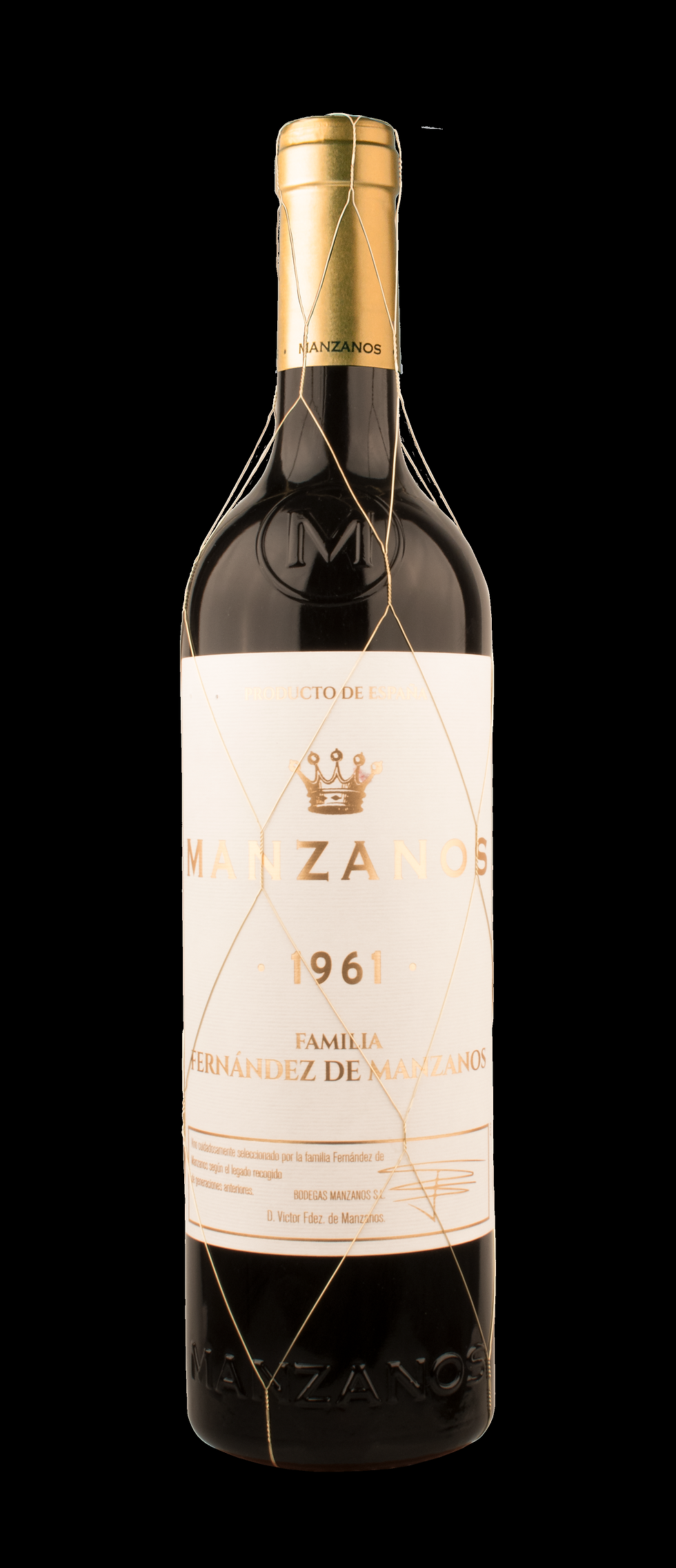Les Hauts de Pontet Canet 2012 - by Chateau Pontet Canet
- Elia Brunner

- Apr 19, 2022
- 4 min read
A second wine that might as well be a classified Bordeaux by an iconic producer of a 5th growth classified wine, which might as well be a first growth Bordeaux, judged by its qualities. A wine with lots of hype in past years, hence its value seeing strong incline - surely one to invest in.

Only recently adopted biodynamic farming methods, allowing to operate most sustainable, local and organic, resulted in a "Vin de France" classification, which essentially is no classification at all - or - French Table Wine, rather than retaining its Pauillac AOC status in 2012. After tasting this wine, I fully understand the devastation of Pontet-Canet's owner, Alfred Tesseron. Produced with grapes from 2012, which was an average year, if not slightly below average, Les Hauts de Pontet Canet was able to impress more than classified Bordeaux i have tasted in the past (classified Bordeaux, 4th & 5th growth, from colder vintages, such as 2007 or 2008). Clearly, being a second wine, it will not have a Grand Cru classification, but this wine can definitely see eye to eye with some entry-level classified Bordeaux, and from tasting this second wine, can understand the hype around Chateau Pontet-Canet.
This second label of Chateau Pontet-Canet is surprisingly rare, especially in the American market, as no more than the first label icon itself are produced, rate declining, as they are declining their yield. Declining yield means that less grapes per acre are harvested (or left on the vine) so that the plant can deliver more nutrients to each berry, resulting in higher grape quality. Less than 20,000 cases are produced per year, making it a rare to find wine.

The first documented owner of the estate was the royal governor of Medoc, Jean-Francois de Pontet, giving the name to the wine in the early 18th century. His descendants later purchased more land in the sub region Canet of Pauillac, completing the then named wine Chateau Pontet-Canet. During the Classification of Bordeaux in 1855, Chateau Pontet-Canet was awarded the 5th Growth Grand Cru status. In 1975 Guy Tesseron purchased the estate, though found it in very poor condition. Guy Tesseron has and is only the third person/family to own the estate (a extremely low number compared to the amounts of owners of other classified Bordeaux estates).
In 1994 Guy's son, Alfred Tesseron took over and began running the estate, and started to improve in every aspects, not only the on the production site, with new equipment, but also replanting of many of the vines.
In luck, his estate is located on some of the worlds finest terroir, with Chateau Mouton Rothschild just across the road. Not long after Alfred's improvements to the estate, the quality of Pontet-Canet's wine started to improve steadily, and is now regarded to be of similar quality of the first or second growth wines of Bordeaux.

Herbal notes and licorice bursting out of the bottle upon opening. Before tasting this wine, we decanted for a good two hours. This time showed to have been ideal - the wine was full of life, tons more than we would have imagined based on this demotion to Vin de France, we expected some green tannins, but it was really quite the opposite, they were full, bold, open and complex.
Not long ago, we did a 2008 - cold vintage - Classified Bordeaux - blind tasting, including 4th and 5th growth wines. But both, Barbara and I had to agree, this second Label of Pontet - Canet simply impressed more with its ripe tannins, complexity and intensity.
The nose was full of spice and herbs, in particular black pepper, some raclette - all spice, eucalyptus, and even some mint. Hidden behind all the spice was a lot of vegetal flavors in form of green bell peppers, but also notes of freshly treated lumber, perhaps with some pine sap. Also the oak was clearly detectable in form of light vanilla and more deep woodsy notes. The longer we looked for more, the more fruit became apparent, especially raspberry jam, ripe berry and ripe plum.
On the palate we found an extremely complex and intense typical Bordeaux, with vegetal nots, similar to the nose, but what stood out was the amount of spice and herbs. Tannins were powerful and on its peak, we drank this bottle over 3 hours, starting 2 hours after opening the bottle. During the 3 hours, there was no apparent change to the tannins, as they were fully opened after the decanting. Wonderfully balanced acidity (on the low end) with body, tannins and its relatively high alcohol content. Vanilla and eucalyptus was again quite apparent on the palate as well. There was plenty of licorice, as well as leather, black pepper, perhaps some smoked meats as well. The flavors of smoked and air dried meats came out more and more as we went into the second half of the bottle. Lots of jammy fruits and berries, especially raspberry and plum as well, though the plum was rather ripe than jammed. Not forgetting to mention, the floral content of this wine, in particular lavender.
All in all, we were more than impressed with this bottle, especially since it is only a "second label wine", though from one of the most iconic producers world wide. Its current market value lies at around $100, which we both though sounds quite fair for what is inside this wonderful and definitely recommendable bottle.







Comments